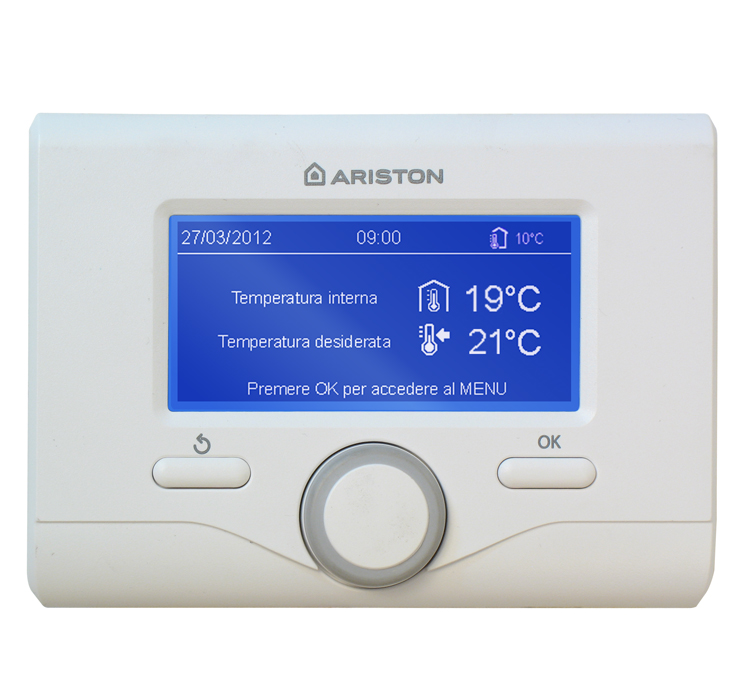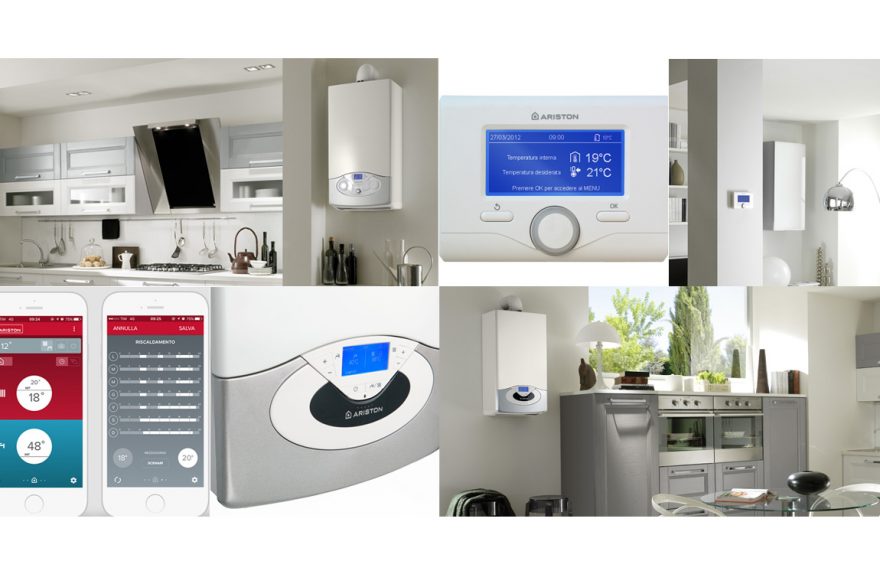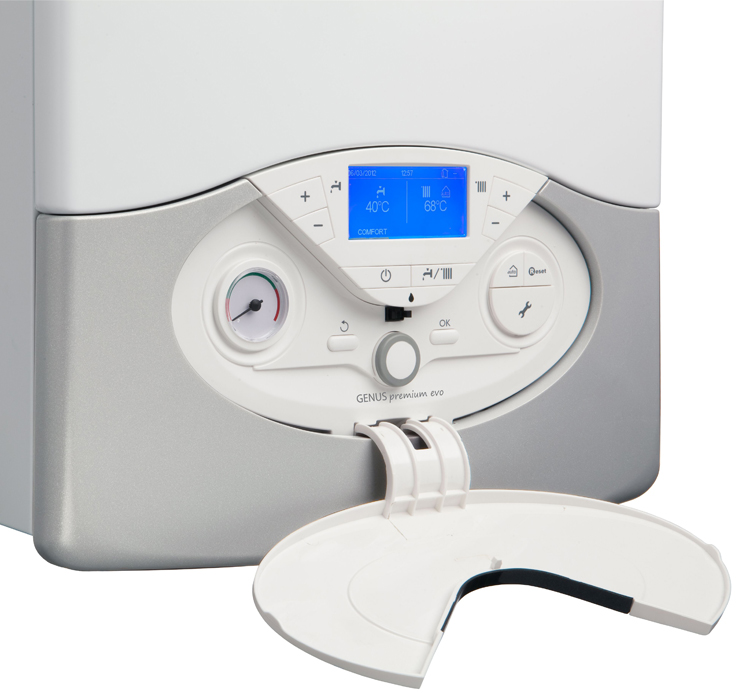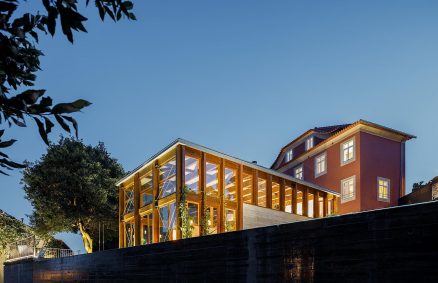Spending on heating can represent up to 50% of the annual domestic energy bill. Choosing the right boiler when designing the system, or replacing an old one, can represent a significant reduction in consumption, a lower impact of the house on global pollution and finally a considerable saving of money.
Let's examine some issues to consider, which can help in choosing the right boiler and configuring the heating system, with the aim of obtaining the best performance from the entire system.
Condensing boiler or traditional?
The condensing boiler is the type of more modern boiler, it allows to achieve very high performance in terms of energy efficiency, thanks to a technology that is able to recover the heat of the exhaust fumes reusing it in the heating process.
In conventional boilers the combustion fumes are expelled to a still very high temperature, between the 140 and 250 degrees. in condensing boilersinstead, the heat of these fumes is still used to increase the temperature of the water in the heating circuit through an element called a condenser. In this way, the heat generated by the combustion of the gas is almost completely exploited, in fact the temperature of the combustion fumes of a condensing boiler is about 40 degrees.
How to make the most of the condensation?
The condenser, a key element of condensing boilers, is more efficient by acting on the return water of the heating circuit if it has a lower temperature. The condensing boiler finds the ideal working conditions when it is inserted in systems that use the water of the low temperature circuit, such as in floor, baseboard or wall heating systems.
However, even the old radiator systems can be adapted to operate at low temperatures, this can be done simply by increasing the hours of ignition, or by increasing the number of radiant elements.
How to improve the performance of the heating system?
- Insulation. The correct insulation of the house from the outside plays an important role in optimizing the performance of the heating system. Thermal cladding and efficient glass surfaces reduce heat dispersion, reaching and maintaining the desired temperature will require less effort from the thermal system, reducing gas consumption.
- Thermoregulation. It is a system that automatically adjusts the room temperature of the house by ensuring that the heating system supplies the heat strictly necessary to reach the comfort conditions required by the user. Depending on the type of heating system installed, the thermoregulation can be zone, if a thermostat or chronothermostat controls the temperature of several rooms, or for a single room if the temperature can be controlled through thermostatic valves by managing each radiant body individually.
- Proper temperature management. At night or when you are not at home, it is advisable to lower the temperature. Even a drop from 20 to 18 degrees can lead to significant savings on the energy bill. To automate the lowering of the temperature it is possible to use a programmable thermostat or better still a remote control system, which in addition to programming can guarantee greater flexibility and greater comfort. Being able control the boiler via your smartphone we will be able to find the warm house even if we come back early, or maintain a lower temperature if our daily schedule has changed.
- Other measures to optimize the yield of the system. Close the windows while the system is in operation and prevent the radiators from being positioned in places unsuitable for heat exchange, for example behind doors or inside furniture, or hidden by curtains.







